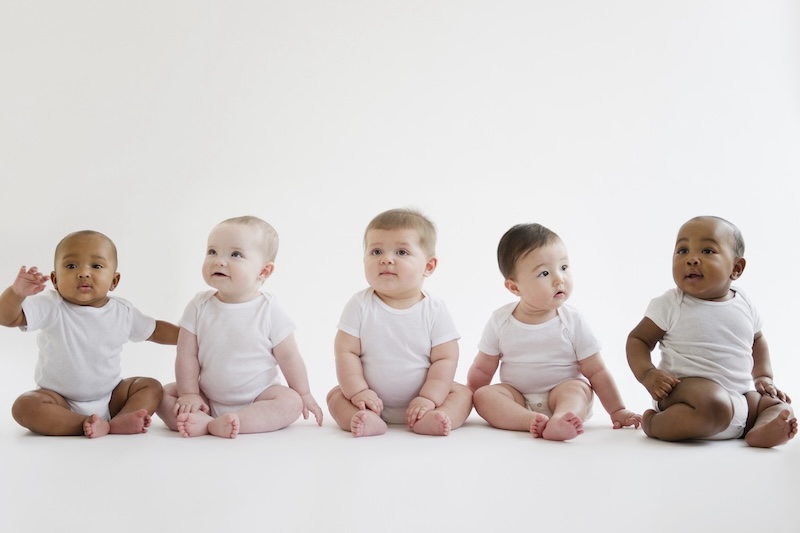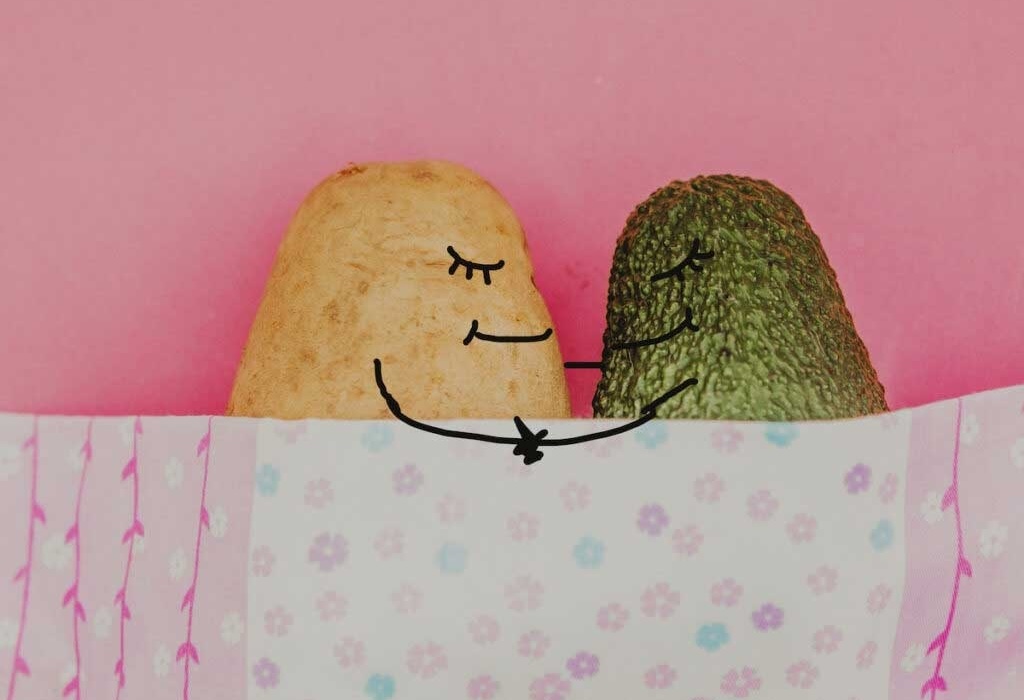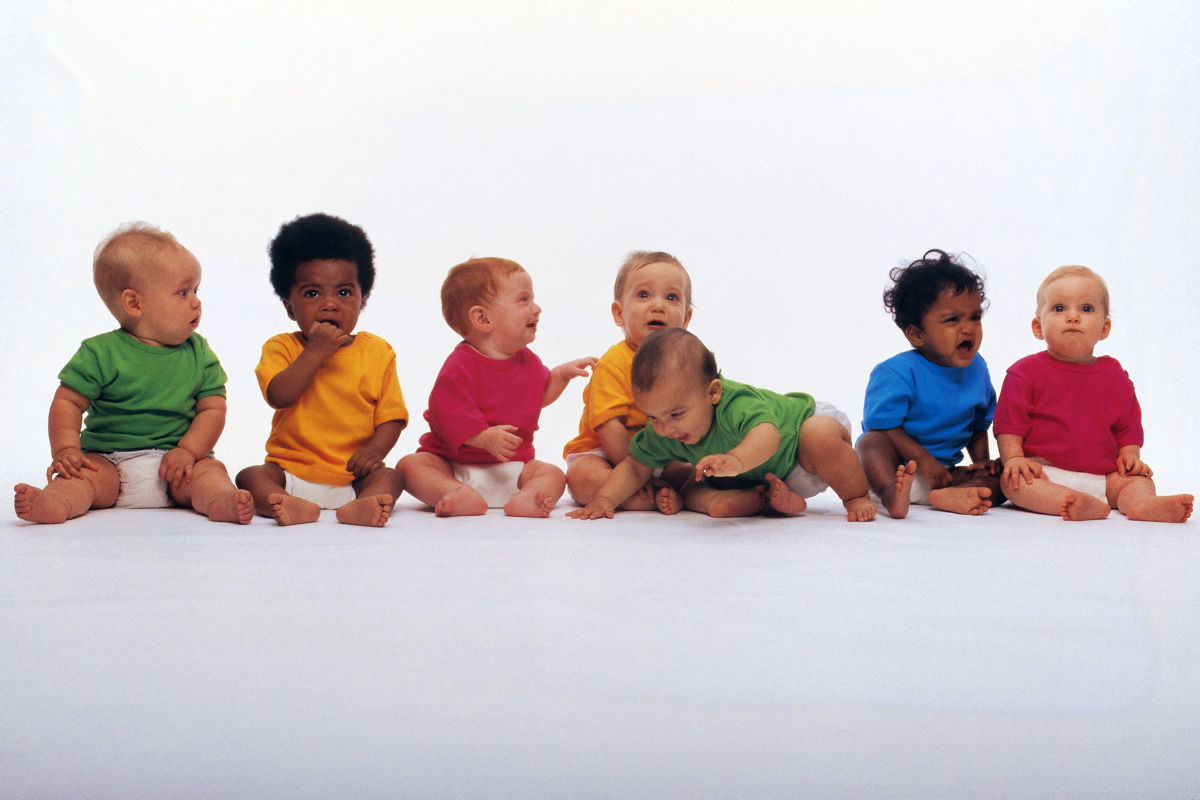Are some men more likely to only produce girls or boys? I really want a girl. The men in my husband’s family have only produced boys. Sure enough, my first pregnancy is a boy. They tell me to give up hope. Should I?
—Girl mom at heart
I’m going to start by answering your science question. And then I’m going to reflect on the parenting one.
By and large, at the population level, the share of boys and girls is fixed. About 51% of children are boys at birth and 49% are girls (boys and men die at higher rates at all ages — for a bunch of reasons that are beyond this post to describe — so to get to 50% at reproductive age, there need to be more boys to start). However, there are time periods in which these ratios shift, which causes speculation about whether there are some genetic characteristics that would be associated with producing more boys or girls.
As you note in your question, a bias toward boys would need to be driven by men, since the sperm carries the X or Y chromosome. A number of older papers tried to look at this question using family trees. For example, this 1967 paper found that when fathers had more male siblings, they were more likely to have more male offspring, which could suggest a genetic difference. This data is old, though, and this empirical approach is not especially conclusive.

Pushing against this, we have a 1999 paper in which the authors analyze the X-Y ratio in the sperm of men who had only sons versus those who had only daughters. There was no difference, which suggests that the production of only sons or only daughters was just… random. It happens by chance, even if the sperm X-Y ratio is close to 50-50.
It is possible there are some men who are slightly more likely to have male children, but even to the extent that this were true, the differences are small. There is nothing in the data that would suggest some men produce only boys.
Let me say, it’s normal to feel some disappointment when you find out the gender during pregnancy. But this often passes once the baby arrives, and kids can really surprise us. Our girls aren’t always what we expect, and neither are our boys. This is the first of many opportunities as a parent to let go of expectations and get to know the amazing person right in front of you.
Community Guidelines




















Log in